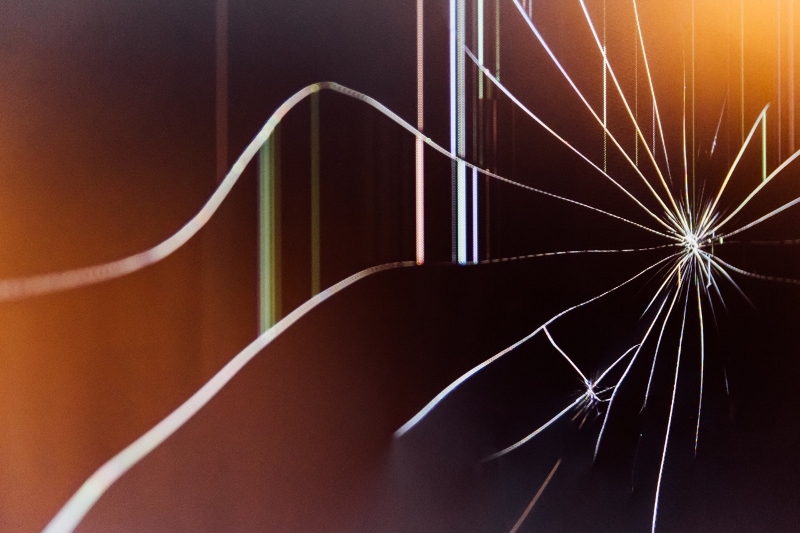
The struggle to live free of debt can be incredibly challenging. Sometimes, you just might not manage a few things. Your credit score can suffer. You could miss a few payments. Because everything is connected by money, your home and future could be threatened by poor debt choices.
Let us help you avoid the two worst possible financial outcomes: foreclosure and bankruptcy.
Foreclosure Avoidance
A foreclosure happens when someone doesn’t pay the lender for their property. Usually, a person will miss a few payments and the bank will decide to foreclose on the property. This means the bank will repossess the home in order to sell it. Proceeds from the sale are used to pay off the mortgage.
Foreclosures are bad for at least two reasons. First, someone loses their home. Second, the bank sells the house at low prices and debt could be remaining on a home that is no longer available.
A great strategy for avoiding foreclosure uses two specific tactics. The first tactic is the most important.
You must talk to your lender.
If we assume you want to pay your mortgage and are just struggling, then your bank will want to help you. Talk to them and work out a grace period for a few extra days. Maybe tell them you can make a partial payment and then the full payment next month. Simply talking with them will delay the onset of the foreclosure process.
The second tactic is about using the available time to get your act together. Maybe you’ve just changed jobs and need a few extra weeks to bring in the payment. Maybe a family emergency depleted your household funds. Whatever the cause, use time wisely.
Foreclosures are not very fast. They can take months. Your bank wants to avoid them as much as you want to stay in your home. Even if you’re a month late and the letters are nasty, stay in the game and get some payments into the bank.
Bankruptcy Navigation
If everything really goes south, then you could be facing bankruptcy. This happens when you simply cannot afford to pay for the debts you’ve accumulated. Bankruptcy usually involves an individual dealing with unsecured debts. Secured debts can be managed by selling off the asset providing security for the loan.
Understanding the difference between bankruptcy types is the key to navigating your way through a very difficult process. For most people, the two types of bankruptcy to consider are Chapter 7 bankruptcy and Chapter 13 bankruptcy. Neither are pleasant, but the differences between them are important.
Chapter 7 Bankruptcy
Filing for a chapter 7 bankruptcy is the most common form of bankruptcy for an individual. The guide from the US Court service is comprehensive and useful for those who are facing this disaster. Here are a few points to remember:
- Chapter 7 bankruptcies involve the sale of non-exempt assets to pay off creditors.
- Most cases are “No Asset” cases due to the exemption of certain assets from sale.
- There are specific income requirements which must be met in order to qualify.
While bankruptcies are damaging for many reasons, if you’re facing a huge mountain of debt, then this could be the best choice among a range of terrible options.
Chapter 13 Bankruptcy
Chapter 13 differs from Chapter 7 in some important ways. The most significant is you keep your assets in a Chapter 13 bankruptcy case. Also, a payment plan is set up to repay debts over a period of 3 or 5 years. In this way, a Chapter 13 bankruptcy can function a little like a consolidation loan.
In each case, bankruptcies and foreclosures are things most people want to avoid. Talk to your creditors, make payments, and get out of debt. Then you will be free.